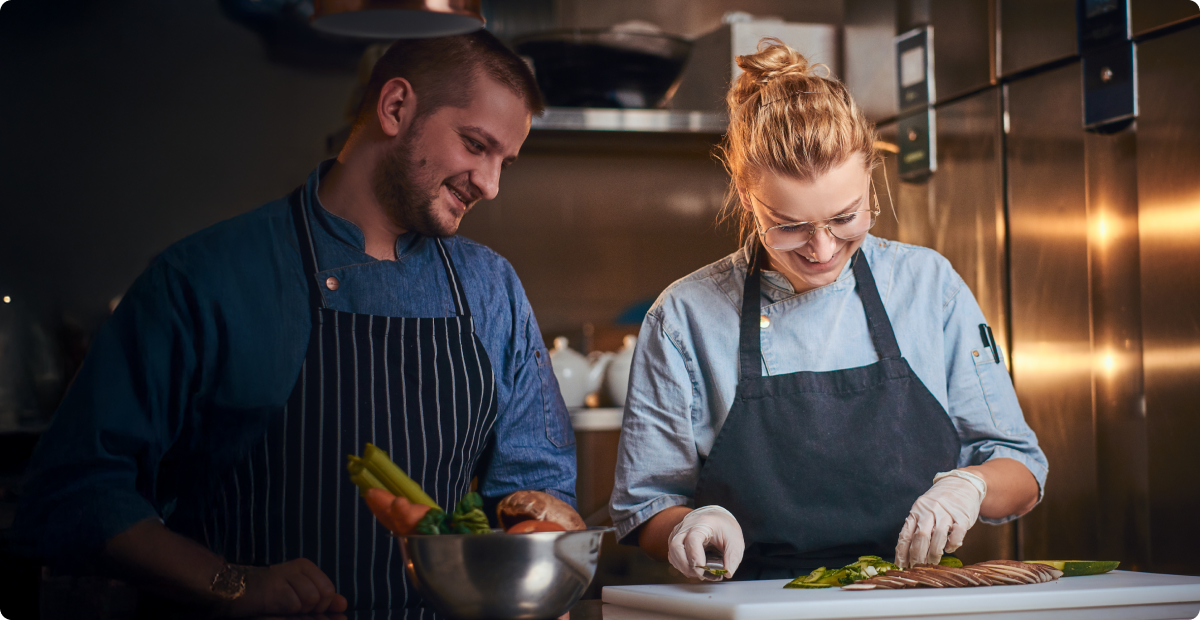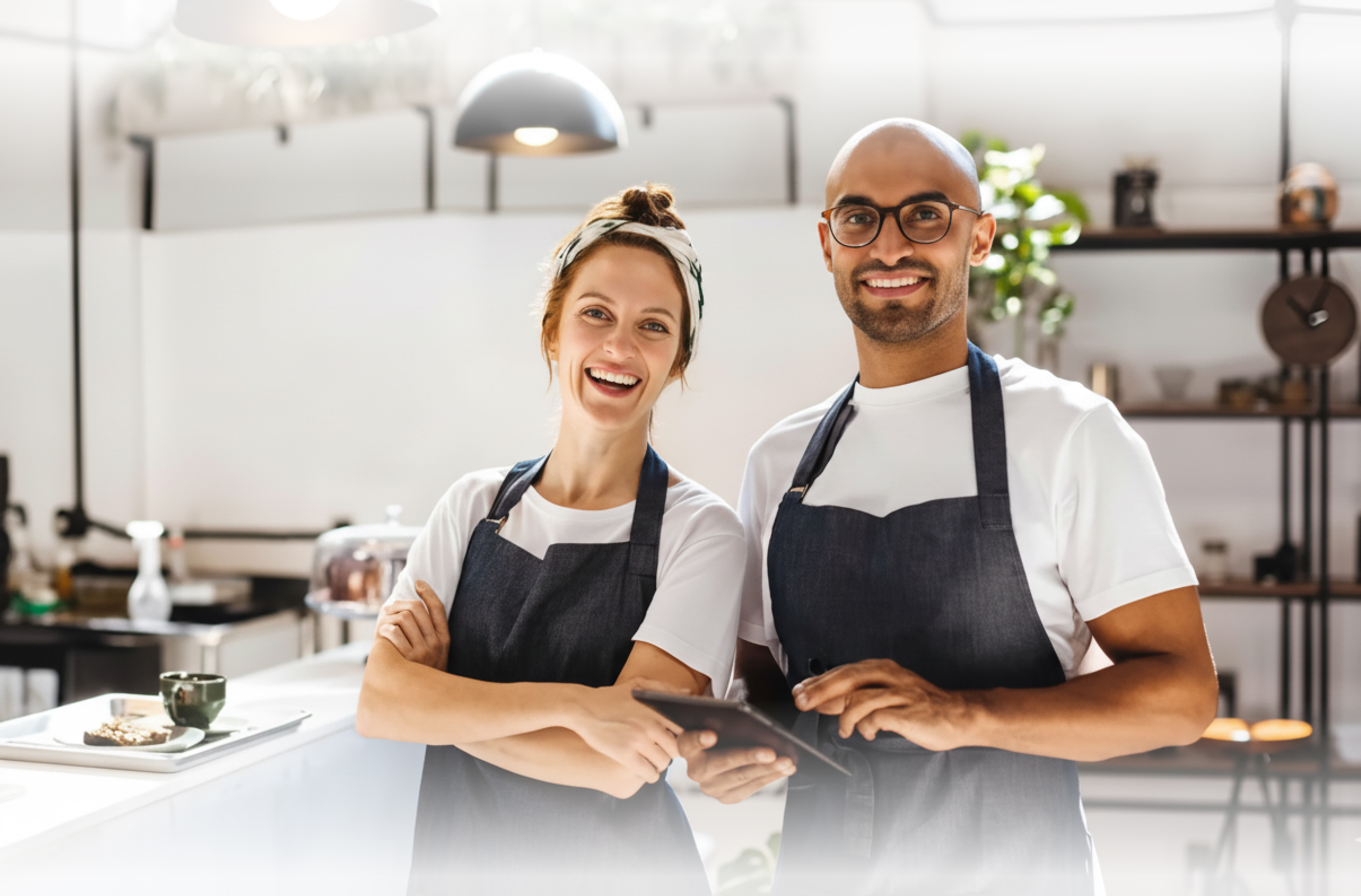Key Takeaways
As the restaurant industry moves forward, it is taking bold and creative steps. Tweaks in restaurant trends show owners are exploring new ways to enhance customer experiences both on- and off-site, whether they’re running a fast-food casual restaurant, a full-service enterprise, or experimenting with something completely new. Independent restaurants will continue to thrive, but they will be affected by shifting restaurant trends.
Even with the uncertain holiday season, Restaurant owners and managers are now finding innovative ways to build meaningful relationships with their staff and customers.
More intimate spaces
A more private approach appears to have become accustomed to restaurant patrons. Designers are focusing on creating spaces that preserve dining's romanticism and delight while accommodating social distancing requirements. The restaurants will provide customers with more privacy by allowing them to gather in private areas, well separated from others. In the COVID age, that also meant creatively utilizing outdoor spaces, such as greenhouses and huts. The designers are getting creative with barriers, doing away with safety plexiglass and using “comforting extensions of the brand” such as partitions and screens and playing up dim, sensual lighting to enhance intimate ambiance.
Emphasis on customer journey/experience
Restaurants, both fine dining and quick service, have now expanded their services to include meal kits, contactless pickup, and online cooking classes in addition to in-person dining and takeout. The reason for this is that more and more restaurants now think about their customers and how they would like their dining experiences to be.
According to the National Restaurant Association, most adults would likely purchase a meal kit if it was offered by one of their favorite restaurants, while about two-thirds of consumers (63%) would like to spend their money on an experience rather than a product.
1. Mei Mei in Boston offers prepared meals and virtual cooking classes. In addition to its regular takeout options, Throwback Brewery in Hampton, NH offers 4-serving take-home meals for delivery every Thursday and is open for pickup several days of the week.
2. Bartolini’s in Chicago delivers nationwide, so you can recreate their deep dish-style pizza in the comfort of your own home.
3. Fast-food chains and restaurants like Panera and McDonald's continue to offer self-service kiosks. According to Forbes, “more than 65% of customers said they would visit a restaurant more often if self-service kiosks were offered, and 30% of customers prefer to order from a kiosk versus a cashier if the lines were of equal length.”
More reliance on digital platforms/apps:
About 3.48 billion people now use social media, according to Hootsuite, and the average American user has 7.1 social media accounts. All across the restaurant industry, social media plays a pivotal role, from fine dining establishments to bakeries to fast food chains and breweries. Nowadays, restaurants use social media to explain safety protocols and to inform their customers about important updates, such as menu changes, a change in hours, or closings. Additionally, users can get a feel of any restaurant they like via social media before they step inside it. According to Aglowid, “86% of millennials will try a new restaurant after seeing food-related content online.”
It is standard practice for restaurants to have a presence on multiple online ordering apps, as well as direct ordering through their own websites. Restaurant leaders need to prioritise food and delivery quality when preparing a digital menu. The future of indoor dining restaurants promises to be more digital, with some opting to keep online menus and table-ordering options, where meals are delivered by delivery-runners. Digital has gradually become an integral part of today's restaurant business equation and must be incorporated into current and future decisions.
Starbucks unveiled its first Mobile Pickup cafe in New York’s Penn Station, a simplified concept that requires no in-person ordering, no lines, and, thus ideally, zero waiting. Customers will place their order on the Starbucks app, and then come collect it at the station, thus making human interaction required a total no-no.
Focus on sustainable operations
Sustainability, which has a major impact on restaurant menus and operations—right from serving locally sourced foods and sustainable proteins to practising the reduction of food waste both in the dining room, takeaways and for the back office operations—will continue to have a significant impact. During the pandemic ,consumers have taken to ordering takeout and having food delivered more, but they want packages that are environmentally friendly as well as maintain temperature, food quality, and safety at all levels.
Jack Li, founder and CEO of restaurant insights company Datassential, said in an interview with Forbes “The importance of personal values going forward will be a really big thing in food messaging. Historically, consumers made food decisions based on convenience, price, and taste.
We think the domain of personal values is the next big food motivator. Seventy-one percent of consumers say they make food choices based on their personal values and that number gets higher with younger generations. The domain that is going to continue to grow is climate change. I can’t overstate how big it will be and the industry is already starting to react.”
Increase in investments in Non-traditional locations & VirtualKitchens
There have been many overhauls of chain restaurants 'dining rooms, aiming to achieve a more sleek and modern look, but this has been offset by the desire to provide new, more convenient ways to pick up takeout orders, such as curbside service and drive-thru operations.
In 2021, Chipotle started testing carside pickup specifically at its California locations. The process is as follows: Download the Chipotle mobile app, place your order there and select “Carside Pickup” while checking-out. Drive to the nearest Chipotle outlet, parkas close to the restaurant as feasible, but you don't need to exit your vehicle. Once you’ve reached the outlet, click on the “I’m Here” button in the app, and enter helpful information such as your car’s brand, color and number plate.
A Chipotle employee will then deliver your order to your car. “As our digital business evolves, we are continuing to explore ways to remove friction and increase access to our real food,” said Chipotle Chief Technology OfficerCurt Garner in a press release. “Chipotle Carside unlocks a new, highly convenient pick up experience for guests from our restaurants’ parking lots.”
Taco Bell’s new design is so confident and bold, it has a name “Taco Bell Defy” that reflects this as well. A press release says the concept offers four drive-thrus, of which three will be used exclusively for mobile pickups and/or delivery orders. Taco Bell Defyalso promises to deliver orders “seamlessly and in a contactless manner via a proprietary lift system,” while “two-way audio and video technology lets customers interact directly with the team members above in real time.”
Ending Note
The year 2025 presents restaurants with an opportunity to take what they learned in 2024 and apply it to their business. Whether it's by adopting new technologies, transforming the dining space, the way of operating or responding to changing diner behavior-the restaurants need to prepare for the future of dining. The new future of dining is here!
Frequently Asked Questions
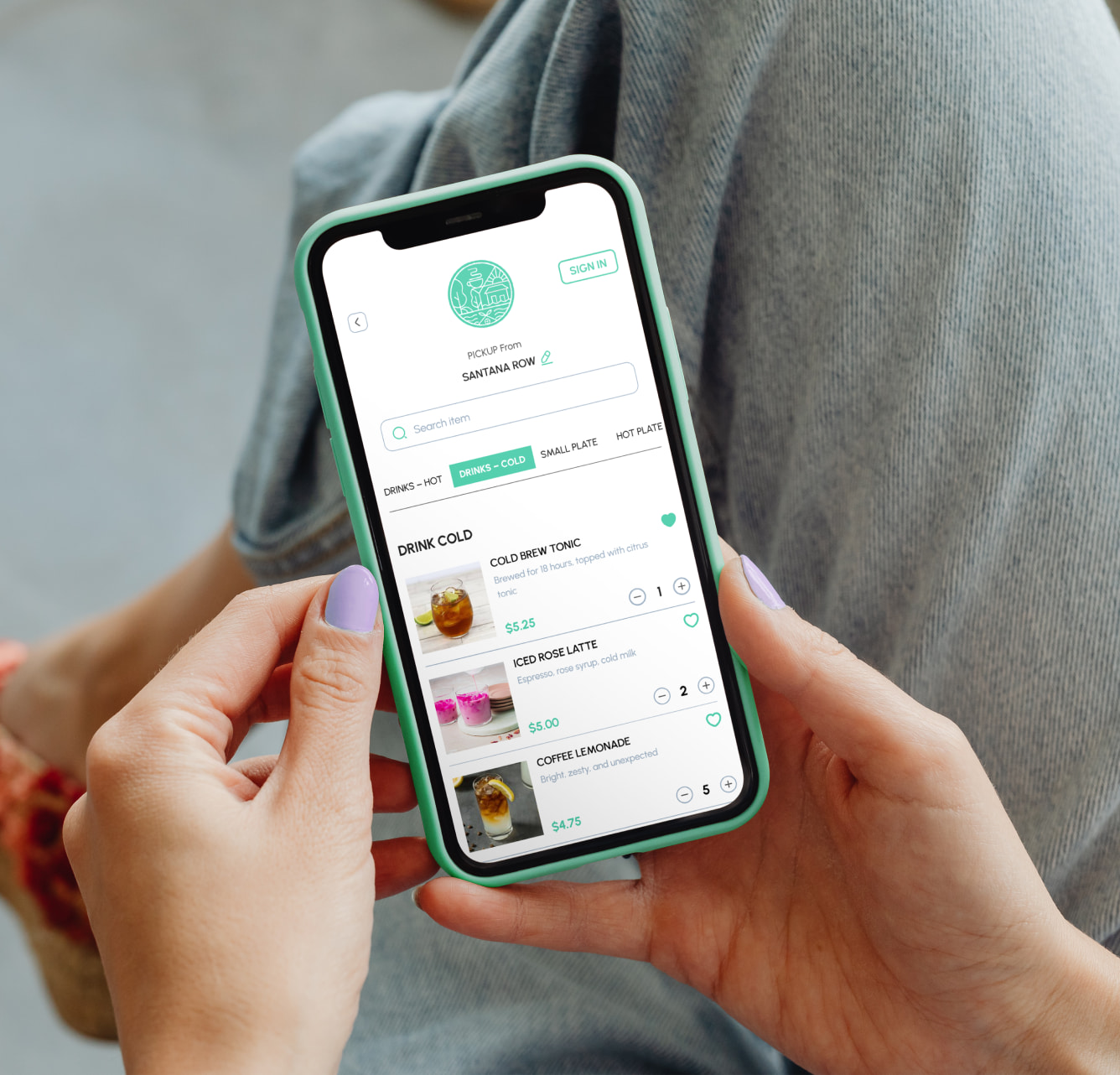

.gif)
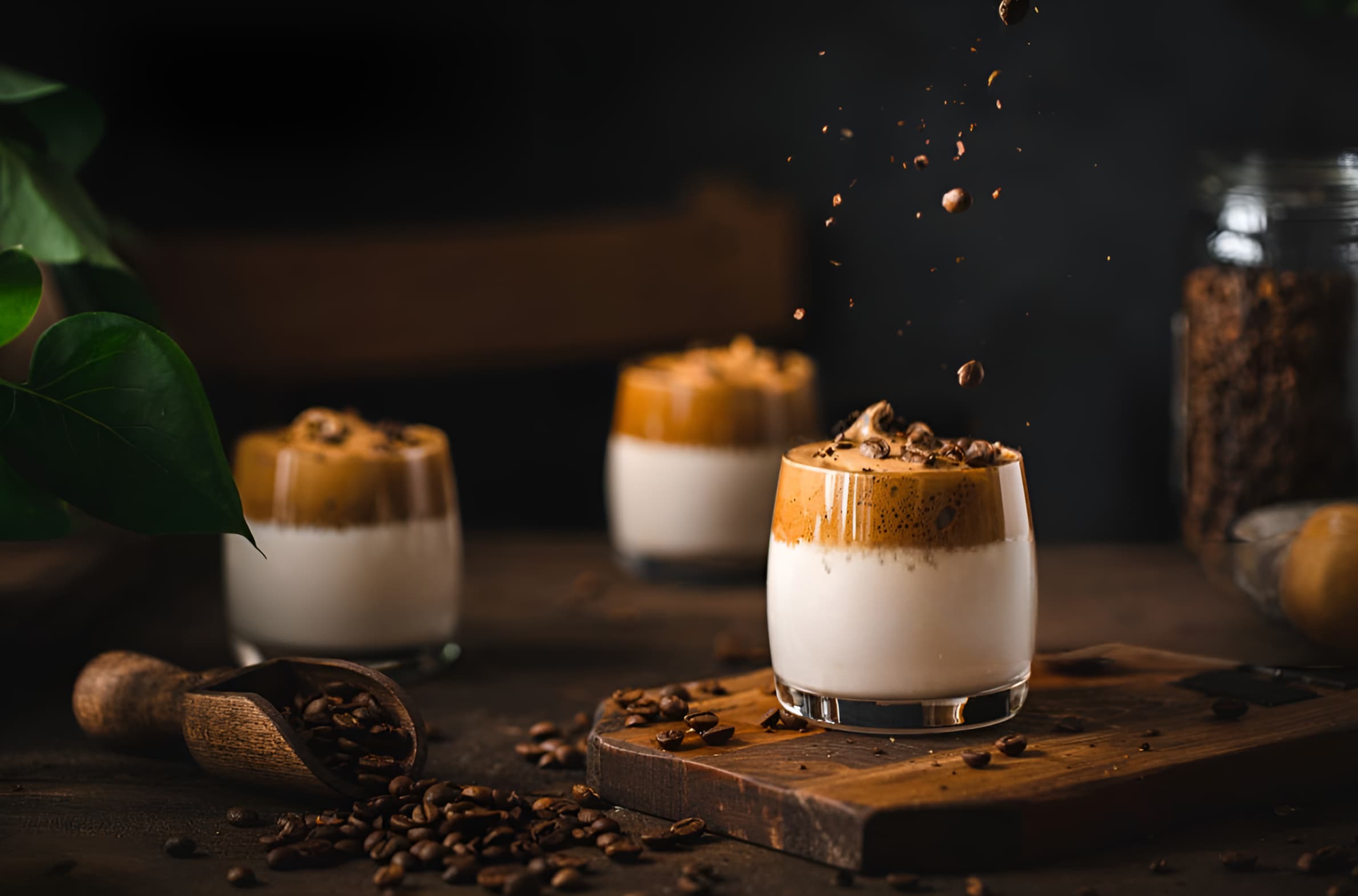
.png)
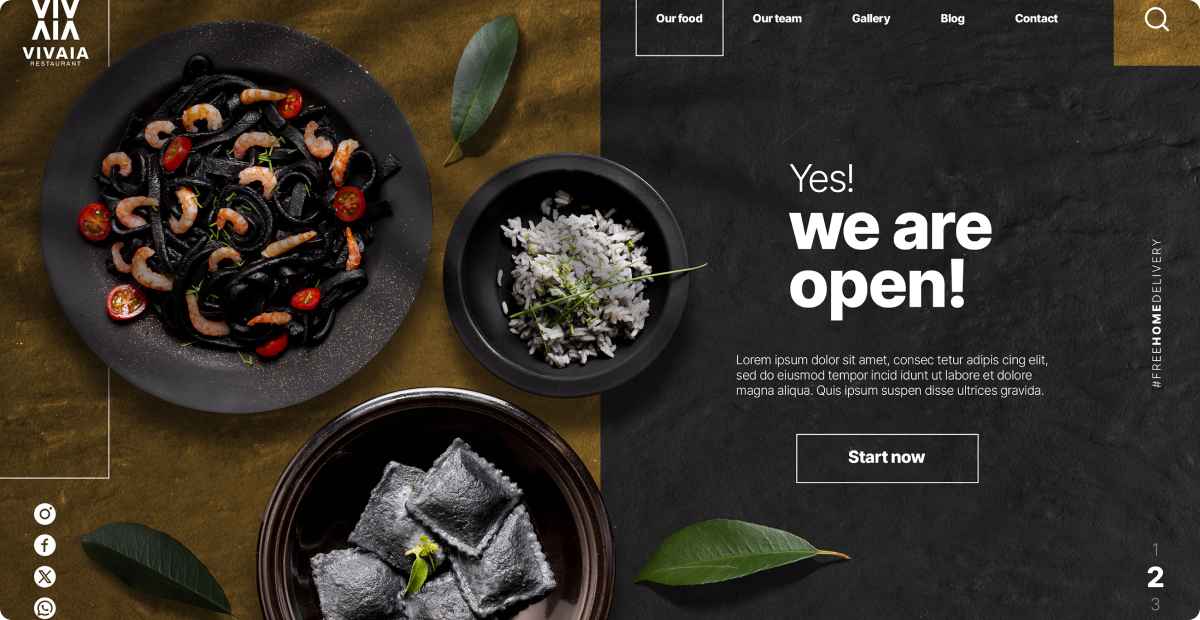

.png)
